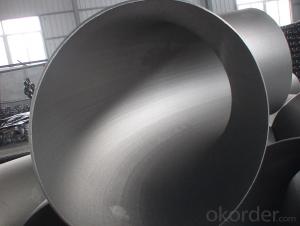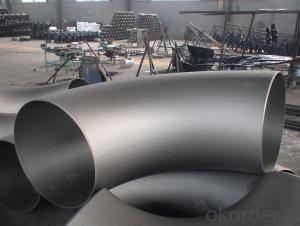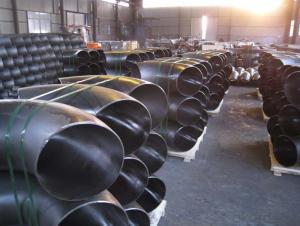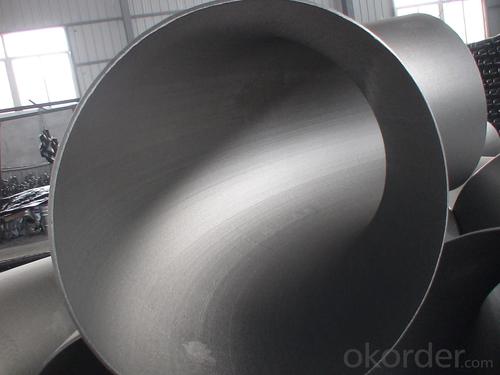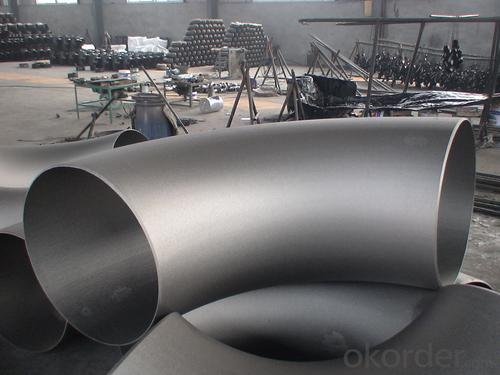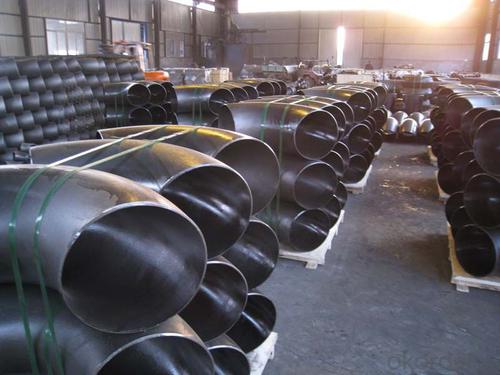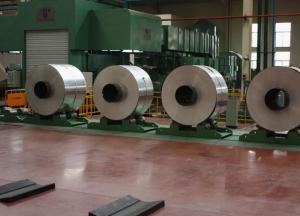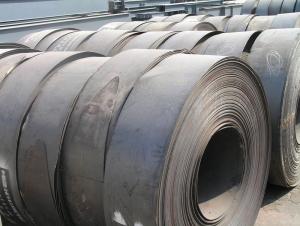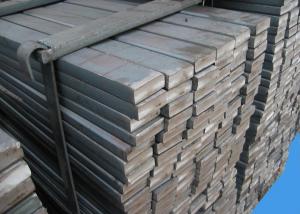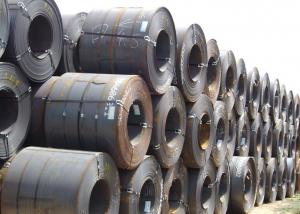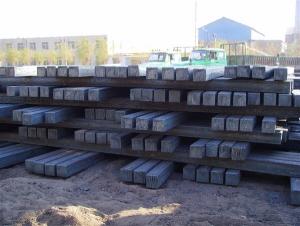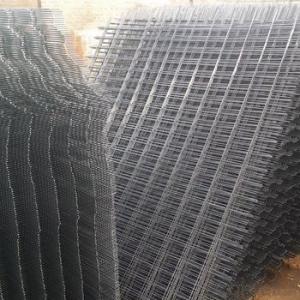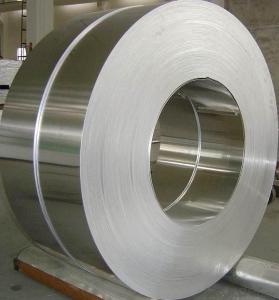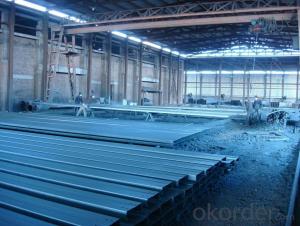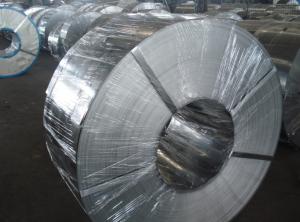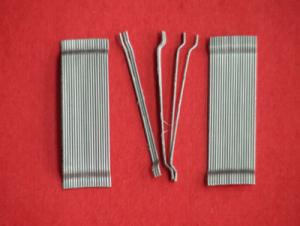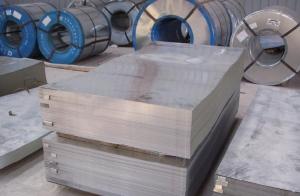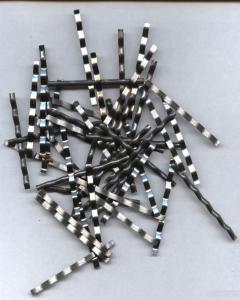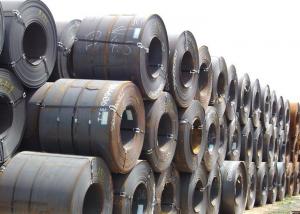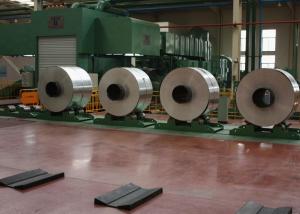Carbon steel pipe fittings FLANGE 1/2'' SCH40
- Loading Port:
- China Main Port
- Payment Terms:
- TT OR LC
- Min Order Qty:
- -
- Supply Capability:
- -
OKorder Service Pledge
OKorder Financial Service
You Might Also Like
Pipe fitting is the occupation of installing or repairing piping or tubing systems that convey liquid, gas, and occasionally solid materials. This work involves selecting and preparing pipe or tubing, joining it together by various means, and the location and repair of leaks.
Pipe fitting work is done in many different settings: HVAC, manufacturing, hydraulics, refineries, nuclear-poweredSupercarriers and Fast Attack Submarinescomputer chip fab plants, power plant construction and other steam systems. Pipe fitters (sometimes called simply "fitters") are represented in the USA and Canada by the United Association of Journeymen and Apprentices of the Plumbing and Pipe Fitting Industry of the United States and Canada.
Fitters work with a variety of pipe and tubing materials including several types of steel, copper, iron, aluminium, and plastic. Pipe fitting is not plumbing; the two are related but separate trades. Pipe fitters who specialize in fire prevention are called Sprinklerfitters, another related, but separate trade.
Materials, techniques, and usages vary from country to country as different nations have different standards to install pipe.
Elbow are an English alternative rock band consisting of Guy Garvey (vocals, guitar), Richard Jupp (drums, percussion), Craig Potter (keyboards, piano), Mark Potter (guitar, backing vocals), and Pete Turner (bass guitar, backing vocals). They have played together since 1990, adopting the Elbow band name in 1997, and have released six studio albums: Asleep in the Back (2001), Cast of Thousands (2003), Leaders of the Free World (2005), The Seldom Seen Kid (2008), Build a Rocket Boys! (2011), and The Take Off and Landing of Everything (2014). All of their studio albums, as well as B-sides compilation Dead in the Boot (2012), have placed in the top 15 of the British album chart and seven of their singles have placed in the top 40 of the British singles chart.
In 2008 Elbow won the Mercury Music Prize for their album The Seldom Seen Kid, and in 2009 they won the Brit Award for Best British Group In 2012 they released "First Steps", the BBC theme for the 2012 London Olympics
Specifications
Standard: ASTM A234 WPB, JIS, DIN, EN, GOST
Use for Oil, Gas, Subwatering act.
45/90/180 degree, LR/SR Elbow
ASTM A234 WPB ELBOW :
| ||||||||
| we are manufacturer for carbon steel pipe and fittings,like 45deg,90deg,180deg,L/R OR S/R,bend , | ||||||||
| equal or reducing tee, CON reducer, ECC reducer, pipe cap,flange. | ||||||||
| CON AND ECC REDUCER: CARBON STEEL,STAINLESS,STELL,ALLOY STEEL | ||||||||
| NOMINAL DIAMETER | BIG OD1 | SMALL OD2 | HEIGHT(MM) | |||||
| MM | SERIES A | SERIES B | SERIES A | SERIES B | 51-711 | |||
| 25*15--1500*1400 | 33.7-1524 | 32-1520 | 21.3-1420 | 18-1420 | ||||
| MATERIAL: A234WPB,A283,A105,A53,A106,API5L | ||||||||
| STANDARD: ASTM/ANSI,DIN,ISO,GB,JIS,BS ,GOST | ||||||||
| OTHERS: | ||||||||
| 1. Special design available according to requirement | ||||||||
| 2. All the production process are made under the ISO 9001:2000 strictly. | ||||||||
- Q: What are the cost implications of using steel products in various applications?
- The cost implications of using steel products in various applications can vary depending on factors such as the type and grade of steel, the complexity of the application, and the market conditions. Generally, steel products tend to have higher initial costs compared to some other materials, but they often offer long-term cost benefits due to their durability, strength, and low maintenance requirements. Additionally, the cost of steel can be influenced by factors such as production volumes, transportation costs, and market demand. Overall, while steel products may have higher upfront costs, their long-term benefits often outweigh the initial investment.
- Q: How do steel products contribute to the education and institutional sector?
- Steel products contribute to the education and institutional sector in various ways. Firstly, steel is used in the construction of educational buildings, such as schools and universities, providing sturdy and durable structures that can withstand the test of time. Additionally, steel is used in the manufacturing of furniture, equipment, and fixtures within these institutions, ensuring functionality, safety, and aesthetic appeal. Moreover, steel is also utilized in the production of transportation vehicles, such as buses and trains, which facilitate the transportation of students and staff to and from educational institutions. Overall, steel products play a crucial role in creating conducive learning environments and supporting the infrastructure needs of the education and institutional sector.
- Q: How are steel plates used in the fabrication of storage silos?
- Steel plates are used in the fabrication of storage silos as they provide strength, durability, and corrosion resistance necessary for containing and storing various materials. These plates are formed, welded, and assembled to create the cylindrical structure of the silo, ensuring it can withstand the weight of the stored materials and any external forces.
- Q: What are the different types of steel chains and their applications?
- There are several types of steel chains, each designed for specific applications. Some common types include: 1. Proof coil chains: These are general-purpose chains used for towing, securing loads, and restraining objects in various industries. 2. Grade 30 chains: Also known as Grade 30 proof coil chains, these are commonly used in light-duty applications, such as agriculture, construction, and general-purpose lifting. 3. Grade 43 chains: These chains have higher tensile strength than Grade 30 chains and are suitable for heavier-duty applications, including transportation, logging, and towing. 4. Grade 70 chains: Known as transport chains, these chains are specifically designed for securing cargo on trucks, trailers, and flatbeds. They have a higher strength-to-weight ratio, making them ideal for load binding. 5. Grade 80 chains: These chains are mostly used in lifting applications due to their high strength and durability. They are commonly found in construction, mining, and oil and gas industries. 6. Grade 100 chains: These chains have the highest tensile strength and are primarily used for heavy-duty lifting and rigging applications. They are commonly seen in shipyards, steel mills, and offshore operations. 7. Stainless steel chains: These chains are resistant to corrosion and are suitable for applications where exposure to moisture or chemicals is a concern. They are commonly used in food processing, marine environments, and medical equipment. Overall, the choice of steel chain depends on the specific application requirements, load capacity, environment, and desired level of durability.
- Q: What are the advantages of using steel in the manufacturing of solar panels?
- There are several advantages of using steel in the manufacturing of solar panels. Firstly, steel is a strong and durable material, providing excellent structural support and protection to the delicate solar cells. It can withstand harsh weather conditions, extreme temperatures, and resist corrosion, ensuring the longevity of the solar panels. Additionally, steel is a widely available and cost-effective material, making it an ideal choice for large-scale production of solar panels. It is also highly recyclable, promoting sustainability and reducing environmental impact. Overall, steel enhances the efficiency, reliability, and affordability of solar panels, making them a viable and sustainable energy solution.
- Q: What are the applications of steel gratings in oil refineries?
- Steel gratings are extensively used in oil refineries for various applications such as platforms, walkways, stair treads, and catwalks. These gratings provide a strong and durable surface for workers to safely navigate around the refinery, ensuring their safety and preventing accidents. Additionally, steel gratings are resistant to corrosion and can withstand high temperatures, making them ideal for use in the harsh and demanding environments of oil refineries.
- Q: How is steel tubing used in heat exchangers?
- Steel tubing is commonly used in heat exchangers due to its excellent thermal conductivity and durability. It is employed to create the primary heat transfer surface within the heat exchanger, allowing efficient transfer of heat from one fluid to another. The steel tubing's high strength and resistance to corrosion ensure the heat exchanger's longevity and reliability, making it a preferred choice in various industrial applications.
- Q: What are the common types of steel products used in the pet grooming and care industry?
- Some common types of steel products used in the pet grooming and care industry include grooming scissors, blades, combs, brushes, nail clippers, and grooming tables. These products are often made from stainless steel, which is durable, rust-resistant, and easy to clean, making it ideal for the grooming and care of pets.
- Q: How are steel sheets used in roofing and cladding systems?
- Steel sheets are commonly used in roofing and cladding systems due to their durability, strength, and resistance to harsh weather conditions. These sheets are installed as a protective layer over the roof or walls of a building, providing a sturdy barrier against external elements such as rain, wind, and sunlight. Steel sheets are easy to install, lightweight, and can be fabricated into various shapes and sizes to meet specific design requirements. Additionally, they offer excellent fire resistance, longevity, and require minimal maintenance, making them a popular choice for roofing and cladding applications.
- Q: How is steel tubing manufactured?
- Steel tubing is manufactured through a process called tube making, which involves several steps. First, a flat strip of steel is passed through a series of rollers to shape it into a cylindrical form. Then, the edges of the strip are fused together using either electric resistance welding or high-frequency induction welding. After welding, the tube is cooled and straightened, followed by further processing such as sizing, cutting, and shaping. Finally, the tubing may undergo additional treatments like heat treatment or coating before being ready for use in various applications.
Send your message to us
Carbon steel pipe fittings FLANGE 1/2'' SCH40
- Loading Port:
- China Main Port
- Payment Terms:
- TT OR LC
- Min Order Qty:
- -
- Supply Capability:
- -
OKorder Service Pledge
OKorder Financial Service
Similar products
Hot products
Hot Searches
Related keywords
